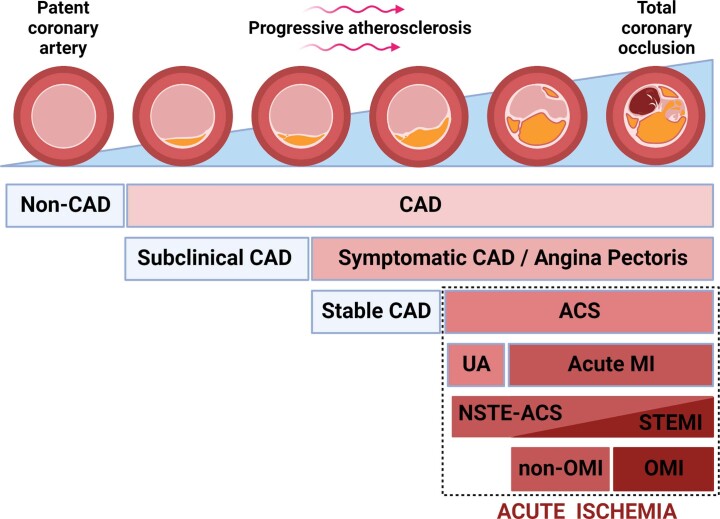Extended Data Fig. 1. The relationship between the magnitude of vessel occlusion and the classification of acute coronary events.
This figure shows the spectrum of coronary artery disease (CAD) as a function of severity and extent of atherosclerosis plaque progression, ranging from patent coronary artery (far left) to total coronary occlusion (far right). Among patients who develop symptomatic CAD, including those evaluated for chest pain or angina-like symptoms, a subset is diagnosed with acute coronary syndrome (ACS). This group is subclassified as either acute myocardial infarction (MI) or unstable angina (UA). Those with acute MI can be further subclassified, based on the presence of ST-elevation on the ECG, as either ST-elevation myocardial infarction (STEMI) or without ST-elevation (NSTEMI). The STEMI and NSTEMI patients overlap in terms of the presence or absence of total occlusion (depicted as triangles across the continuum in the figure). Alternatively, the same group with acute MI can be subclassified, based on angiographic TIMI flow criteria, as either occlusion (OMI) or non-occlusion (non-OMI) myocardial infarction. Unlike STEMI, OMI classification better aligns with focal angiographic findings since this group exclusively contains patients with total coronary occlusion. The color gradient indicates the severity of disease. This Figure was created with BioRender.com. Reproduced with permission from Al-Zaiti et. al.1 (permission number 5471421247333, Licensed content publisher: Elsevier).

